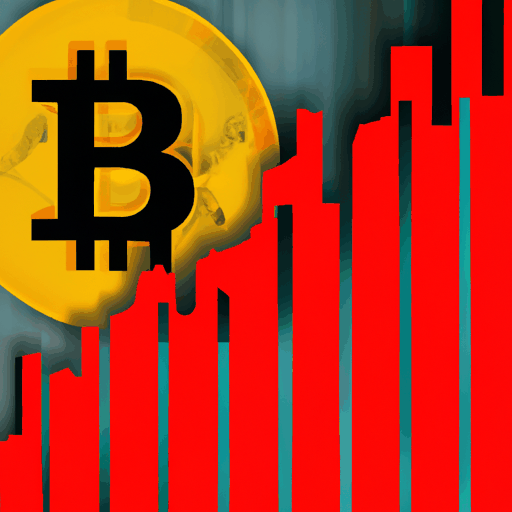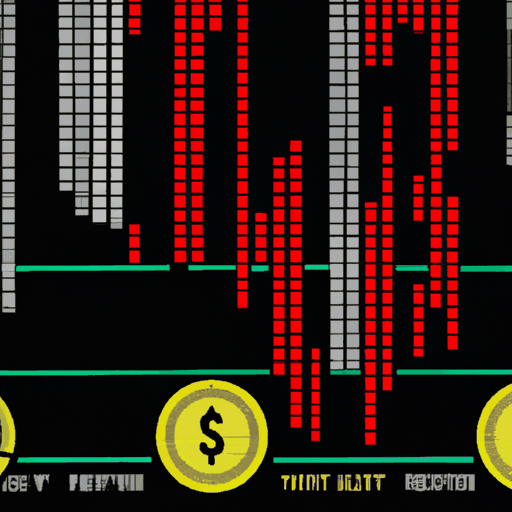
Bitcoin Approaches $97,000 Amid Surging US Job Growth
By: Eliza Bennet
Bitcoin's price momentum towards $97,000 has captured market attention as the US labor market notes impressive job growth, according to the recent nonfarm payrolls report from the Bureau of Labor Statistics (BLS). The report revealed that the labor market added 177,000 jobs in April, surpassing expectations. Despite a steady unemployment rate of 4.2%, significant job creation in sectors such as health care and transportation, with increases of 48,000 and 17,000 jobs respectively, highlights the market's robustness.
The uptick in Bitcoin can also be attributed to its growing dominance in the crypto space, which reached a four-year high of 64.89%, up from 57.9% at the year's start. This dominance reflects Bitcoin's increasing role as a macroeconomic indicator, mirroring equity and bond markets' cautious optimism. Additionally, the S&P 500 futures saw a rise of about 0.3%, indicating broad market engagement with these economic conditions.
Investors are currently weighing the sustainability of economic resilience alongside potential monetary policy shifts. Futures markets speculate possible rate cuts later in the year, though robust labor statistics may present a challenge to such forecasts. Despite this, Bitcoin's momentum positions it as a proxy for market liquidity conditions.
Market participants will be closely watching how these economic indicators unfold, potentially influencing digital asset trajectories. The stable hiring figures, which remain above demographic replacement levels, suggest a steady yet cautious economic environment. As Bitcoin's price nears the symbolic $100,000 mark, its performance underscores its pivotal role in gauging macroeconomic trends.



